Background
The Customer Effort Score (CES) has emerged as a pivotal metric for evaluating customer interactions in customer service. Unlike traditional measures that solely focus on satisfaction or the likelihood of recommendation, CES delves into the ease with which customers can meet their needs.
This article explores the significance of the Customer Effort Score, its impact on customer loyalty, and how businesses can leverage it to enhance their service strategies.
The Concept of Customer Effort Score
The Customer Effort Score is a metric that gauges the ease of a customer’s experience with a company. By asking customers to rate the effort they had to expend to resolve their issue, place an order, or get information, CES provides direct insight into the efficiency of a company’s customer service.
This score is crucial because it directly correlates with customer loyalty – the easier the experience, the more likely customers will return.
CES stands distinct from other customer service metrics like Net Promoter Score (NPS), which measures customer loyalty, and Customer Satisfaction Score (CSAT), which measures overall satisfaction with a service or product. The uniqueness of CES lies in its focus on the effort exerted by the customer, making it a more nuanced and specific metric for service improvement.
Why CES Matters
A low-effort experience is a strong predictor of customer retention. Studies have shown that customers who find it easy to interact with a company are likelier to continue doing business with it. In contrast, high effort experiences often lead to customer frustration and churn.
CES is not just about measuring; it’s a proactive customer service improvement tool. By identifying pain points that cause high effort, companies can streamline processes, enhance customer interactions, and ultimately build a loyal customer base. Moreover, CES can predict future buying behaviour, giving businesses a glimpse into the potential long-term benefits of simplifying customer interactions.
How to Measure Customer Effort Score
Measuring CES typically involves asking customers a simple question post-interaction: “On a scale from very easy to very difficult, how easy was it to interact with us?” This question can be tailored to specific interactions or services. The responses are then used to calculate the CES, giving businesses a clear picture of where they stand regarding customer effort.
It’s crucial for companies to act on the feedback received. This might involve addressing common issues that lead to high-effort experiences or acknowledging and reinforcing low-effort interactions.
Best Practices for Reducing Customer Effort
Reducing customer effort requires a multifaceted approach. Here are some best practices:
- Simplify Processes: Analyze customer journeys to identify and eliminate unnecessary steps.
- Enhance Self-Service Options: Invest in intuitive FAQ sections, chatbots, and self-service portals.
- Empower Customer Service Teams: Equip teams with the tools and information to resolve issues quickly and efficiently.
- Use Feedback Constructively: Regularly review CES feedback to understand and address common customer pain points.
- Continual Improvement: View CES as an ongoing metric for refinement, not a one-time assessment.
The Customer Effort Score is more than a metric; it’s a compass that guides businesses toward smoother, more efficient customer interactions.
By focusing on minimizing effort, companies can enhance customer loyalty, reduce churn, and set the stage for a positive, long-lasting customer relationship. In today’s competitive marketplace, understanding and applying the principles of CES can be a game-changer for any customer-centric business.
And, by using the Customer Effort Score alongside other metrics such as the Net Promoter Score, you can be sure you’re doing all you can to deliver the best service possible to your customers.
Further Learning
If you would like to learn more about Customer Effort Score and other customer service skills, take a look at our customer service training course where this and lots of other tips and ideas are covered.




